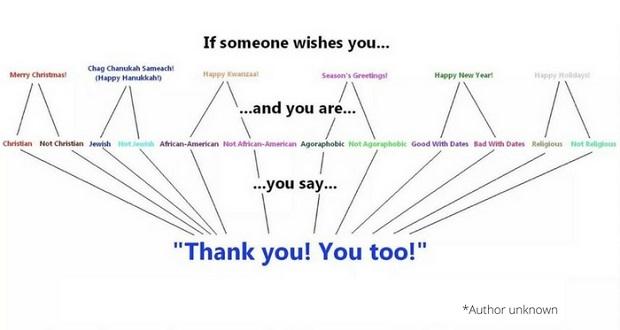This is the first in a several part series on diversity data, its importance, how to collect it, predict the future with it and how to sell a compelling story to senior management.

The reason I say that data is diversity’s other four letter word is based on my experience with several clients who for a variety of reasons do not optimize the opportunity to tell a compelling story with their data.
In a world where we have access to multitudinous amounts of information about just about anything, we could imagine and most of it is free, it baffles me that so many organizations still hold their diversity data close to their vest. Additionally and probably more baffling, most organizations I have worked with over the years claim to be data driven, except, it seems, when it comes to diversity data.
Before going further, I must acknowledge that a number of companies are transparent about their diversity statistics including giants like Cisco, Walmart, Intel, HP and a number of others who report their diversity statistics as part of their corporate social responsibility reports.
The Winters Group conducts cultural audits for many of its clients, examining applicant flow, hiring, promotions, terminations, performance evaluations, exit surveys, competitor progress, and engagement and inclusion data to understand differences among different employee segments. We also perform predictive analysis that helps clients see what the future will look like if they continue on the same trajectory.
In working with clients over the years, we have found that, for some, there is much sensitivity when it comes to diversity related statistics. Moreover, we work with a number of clients who either don’t have access to diversity data, are not allowed to circulate the data or don’t optimize the analysis potential.
Here are a few examples:
- More than one of our clients has difficulty accessing data like exit interviews, performance ratings, and promotion data. There seems to be a struggle between the diversity office and HR as to who can have access to what data.
- In a couple of other situations, the diversity office has access to the data but they are not allowed to share the analysis beyond the C-suite. In other words, division and departmental leaders may know representation trends (e.g. affirmative action, compliance driven statistics), but may not know how engagement scores vary by demographic groups.
- Organizations may include inclusion questions on the engagement survey but only report out aggregate results with no demographic comparisons, so they do not know, for example, if women feel as included as men, etc. One organization that we are working with has had a three year struggle to get leadership to agree to segment inclusion survey data by race, gender, generations, etc. Last year they finally got the go ahead to analyze generational data only.
- We have also had clients whose legal departments restrict who sees the data. The rationale is that if we did not know about potential disparate treatment then we cannot be held accountable if there is a law suit. The real fear from a legal perspective was if they knew about it, then they have to take action and it was not clear that the company was ready to take action.
I think one of the primary reasons that we may not be making as much progress as we might in increasing representation and retention of historically underrepresented groups is that we do not have robust analyses. Some either don’t have access to a full complement of information or we are not maximizing analytical capability. As one example, in analyzing the data for one organization, Millennials were being retained at higher rates than other generations. However, upon deeper analysis, the involuntary turnover rate for Millennials was higher than other demographic groups. This led to a deeper query as to why.
The next post will explore the types of analysis that you can conduct to really determine if your organization is inclusive.


















